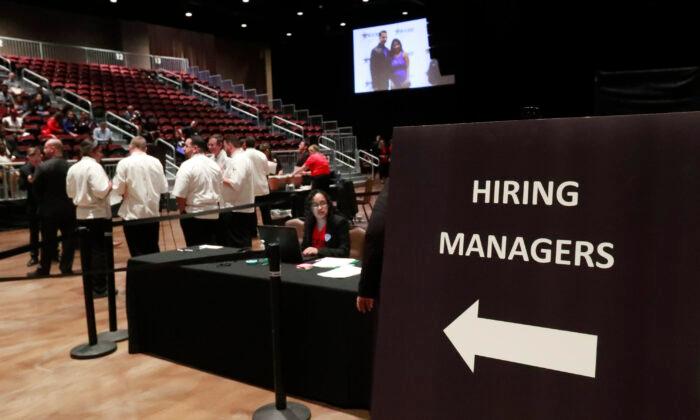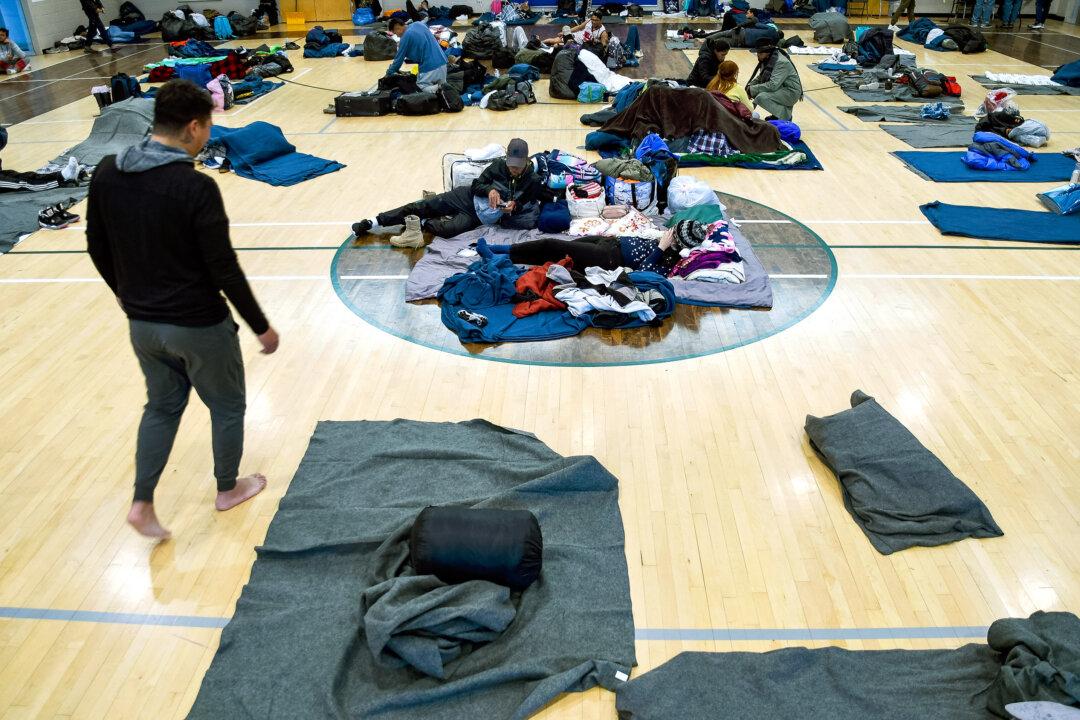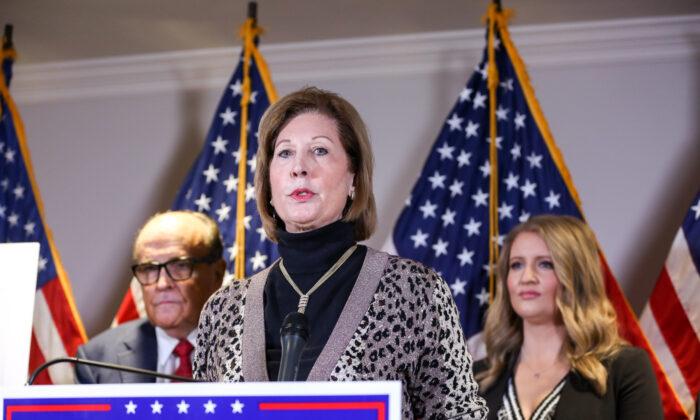America’s economy added some 1.4 million jobs in August while unemployment fell by more than economists anticipated, as the labor market continues its grueling recovery from the depths of the COVID-19 recession.
After job growth surged in June to 4.791 million, the labor market rebound has slowed, even as stock markets managed to stage a sharp rally, with the benchmark S&P 500 and the tech-heavy Nasdaq surging past their pre-pandemic levels, fueled by unprecedented Fed and fiscal stimulus. Economists have widely put down most of the job gains to workers coming back from furloughs or temporary layoffs due to pandemic-driven business shutdowns.
The jobs report comes a day after other Labor Department figures showed that the number of Americans filing new claims for unemployment benefits last week dropped to just over 880,000, falling by more than expected and breaking the psychological barrier of 1 million, stoking further hope for a more robust labor market rebound. Economists polled by Reuters predicted 950,000 jobless claims applications.
In another encouraging trend, the number of people continuing to collect unemployment after earlier filing an initial claim dropped by 1.24 million to 13.325 million during the week ending Aug. 22, the Labor Department figures showed.
Other labor market indicators are flagging a cooling in job growth, however, with U.S. manufacturing activity surging to a nearly two-year high in August but employment continuing to lag. The Institute for Supply Management’s manufacturing employment measure rose to a reading of 46.4 last month from 44.3 in July. While an improvement, it still shows a tendency for job shedding, as any number below 50 represents contraction.
Wednesday’s report from the Federal Reserve delivered another mixed labor market signal. While it showed an increase in employment, it also noted that “some districts also reported slowing job growth and increased hiring volatility, particularly in service industries, with rising instances of furloughed workers being laid off permanently as demand remained soft.”
The longer-term slowing job growth is down to secular trends like a drop in the active labor force, an aging population, and technology-driven gains in productivity, including automation and robotics.






Friends Read Free